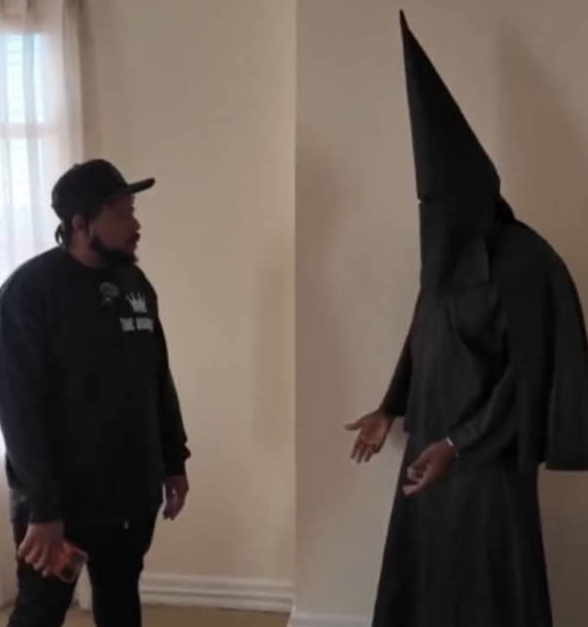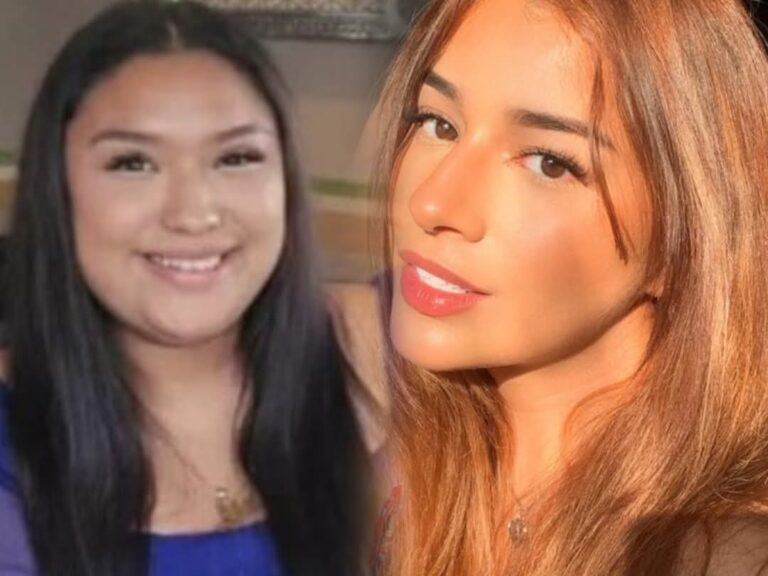
June 23, 2021- 10:51 p.m.
The first full moon of the summer is set to rise gracefully in the eastern sky Wednesday through Friday evenings and will appear a little plumper and brighter than normal.
The June “Strawberry Moon” is marginally considered a supermoon, according to NASA, the last in a series.
Supermoons are those full moons that pass the Earth near the closest point in their monthly orbit (known as perigee) and can appear up to 30 percent brighter and 14 percent bigger than full moons that pass at their greatest distance (known as apogee).
The Strawberry supermoon comes on the heels of the May 26 “Flower Moon” and April 26 “Pink Moon,” which were also deemed supermoons.
Of the supermoon trio, the Flower Moon made the closest pass to the Earth, according to EarthSky. The Strawberry Moon ranks as the third-closest full moon.
Some say March’s “Worm Moon,” 2021′s fourth-closest full moon, was also a supermoon. Criteria for what makes a supermoon vary.
The June full moon was given the strawberry moniker because it occurs when the fruit typically ripens in the northeastern United States.
NASA notes that the moon is also sometimes referred to as the “Rose Moon,” “Mead Moon” and “Honey Moon.”
Clear skies over the majority of the Lower 48 states will promote outstanding moon-viewing conditions Wednesday night.Aside from Florida, much of the eastern United States will be cloud-free.
Clouds will be a bit more numerous in the West, especially in the Rocky Mountains, but much of California, Oregon and Washington should have favorable skygazing conditions, except right along the coast.
Clouds may obscure viewing some in parts of the Northern Plains and Upper Midwest due to scattered thunderstorms along a cold front.

In Washington, Chicago and San Francisco, the moon will rise at 7:48 p.m., 7:43 p.m. and 7:55 p.m. local time, respectively, on Wednesday.
Friday offers one more chance to see the moon close to full, rising at 10 p.m., 9:55 p.m. and 10:05 p.m. in Washington, Chicago and San Francisco, respectively. Cloud cover will be more pervasive in the eastern United States, but clear skies should prevail in the western states.
While the moon will be almost fully illuminated Wednesday, Thursday and Friday nights, it will be only 100 percent illuminated or technically full at 2:40 p.m. eastern Thursday, when it won’t be visible.






